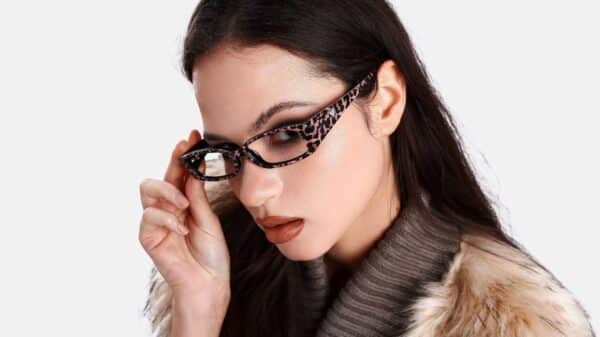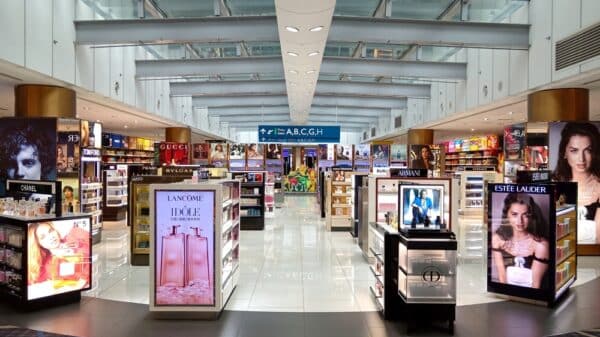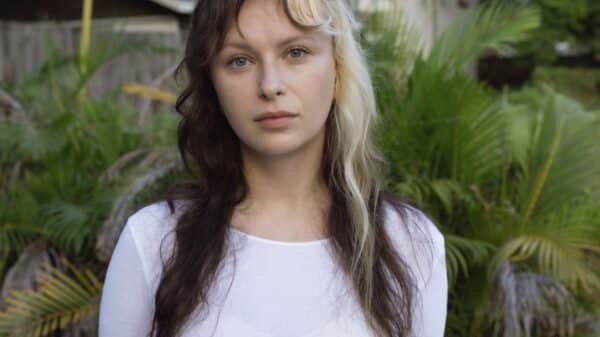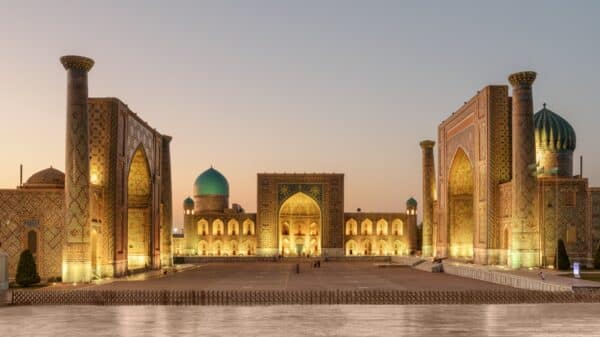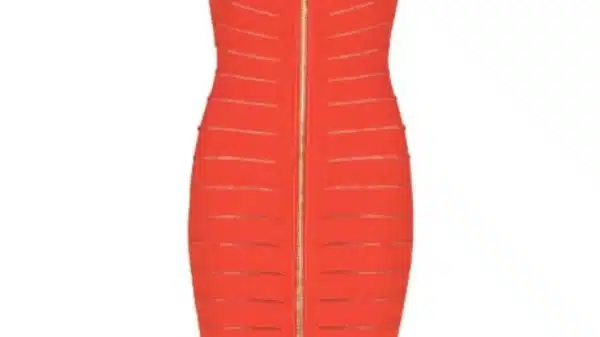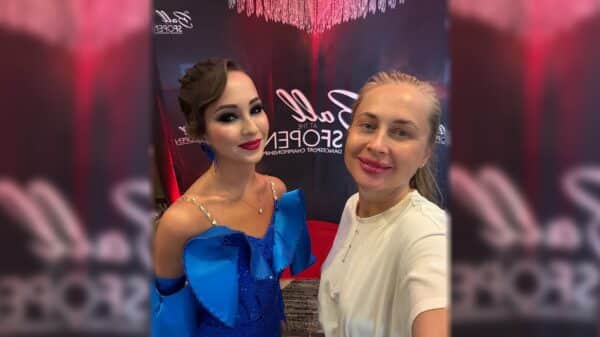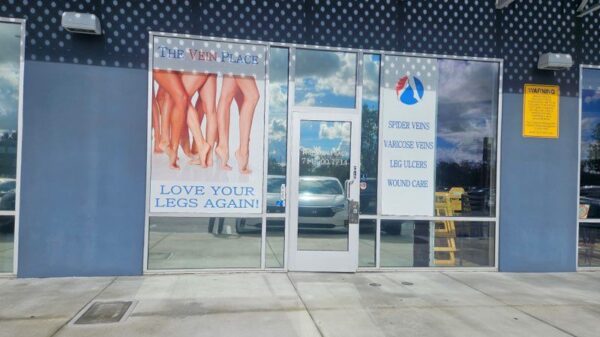In the world of film, costume design plays a pivotal role in bringing characters and their stories to life. Baz Luhrmann’s adaptation of The Great Gatsby highlights this connection between fashion and narrative, where the costumes are not solely about historical accuracy but about encapsulating a mood and energy that resonates with today’s audience.
Fashion as a Dynamic Element
As costume designer Catherine Martin explains, the intention behind the designs was to capture the rich essence of 1920s fashion while imbuing it with a modern twist. “Baz wanted the Gatsby costumes to be rooted in the silhouettes, fabrics, and details of the 1920s, but infused with an energy that would resonate with modern viewers,” Martin recounts. This approach shifts the focus from a nostalgic representation of New York to one that feels alive and vibrant—akin to the feelings that Zelda and F. Scott Fitzgerald might have encountered in their own lives.
The Allure of Idealized Silhouettes
The allure of the Gatsby costumes lies in their ability to blend history with contemporary influences. Martin reflects on her fascination with the idealized silhouettes present in fashion illustrations from that era. “This led me to favor the idealized forms over strict historical accuracy,” she notes, suggesting that emotional resonance often takes precedence over factual representation in the realm of film. It’s this blend of inspiration and artistry that gives the costumes their unique, modern vitality.
Collaboration with Fashion Icons
One of Martin’s most cherished experiences during the project was collaborating with fashion mogul Miuccia Prada. Together, they reinterpreted 1920s aesthetics to suit a contemporary audience, particularly in the vibrant party scenes which are central to the narrative. The meeting of these two creative minds signifies how fashion can transcend time, allowing modern interpretations of classic styles.
A Fresh Perspective on Timeless Characters
For upcoming events like Vogue World: Hollywood, Miuccia Prada has taken this reinterpretation further by envisioning a new take on the character Daisy Buchanan. This evolving vision showcases how fashion is not static; it continually adapts and reflects the changing cultural landscape, bringing historical figures into the present day through innovative designs.
The Artistic Teams Behind the Vision
The intricate details of this visual storytelling extend beyond just costumes. The collaboration doesn’t stop with clothing; various artists contribute to the overall look and feel. Hair stylist Jimmy Paul, makeup artist Kabuki, manicurist Yuko Tsuchihashi, and tailor Hailey Desjardins all play vital roles in crafting a cohesive aesthetic that enhances the film’s narrative.
The Impact of Set Design
Set design also contributes significantly to the overall mood of the film. With interiors that evoke luxury and opulence, set designer Julia Wagner creates environments that are as captivating as the characters themselves, further immersing audiences in the world of the film.
In essence, the intersection of fashion and film illustrates how history can be reinterpreted to speak to contemporary audiences. The bold choices made in costume and set design breathe new life into classic narratives, allowing modern viewers to connect emotionally with the rich tapestry of the past. Through innovative collaborations and a willingness to depart from strict historical accuracy, films like *The Great Gatsby* not only tell stories but also redefine how we understand fashion’s role in storytelling.

